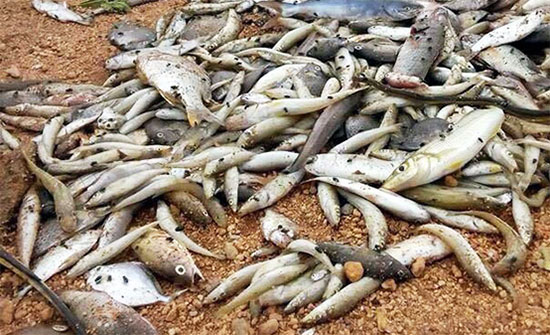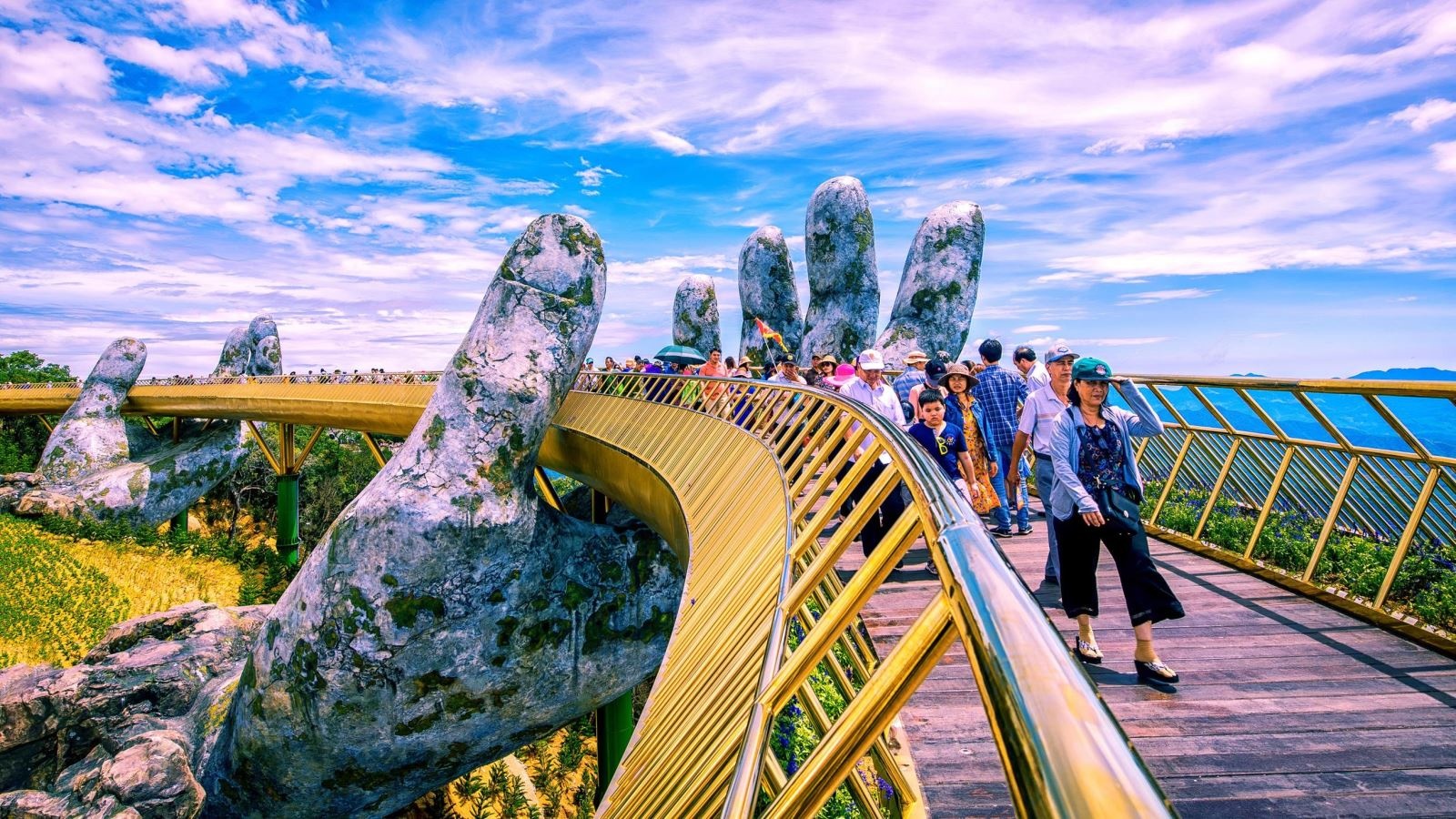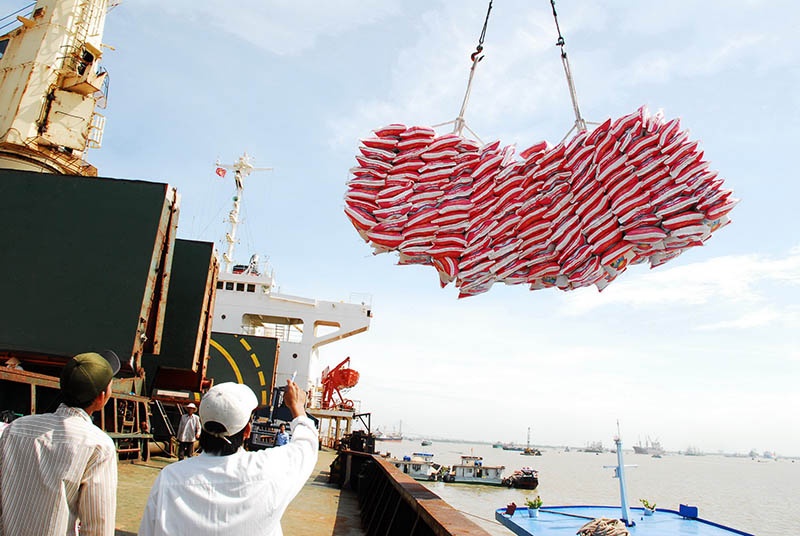Initial findings on mass dying of fish inconclusive
 |
Previously, the authorities carried out investigations to clarify the reasons of the incident by checking 42 fish species and 34 water samples.
The provincial authorities concluded that the wave of fish death was not caused by polluted water or disease. Besides, the investigation results showed that the temperature, salinity, and pH level of the water samples from the areas were all within permissible limits. However, the results did not satisfy people.
On April 26, the Thua Thien-Hue Department of Agriculture and Rural Development assessed that the levels of pH, chemical oxygen demand (COD), dissolved oxygen (DO), and Cyanide (CN-) are within the permissible limits set by the national technical regulations on marine water quality known as QCVN 10-MT:2015/BTNMT. However, the volume of chromium and nitrogen exceeded the permissible limits of both QCVN 10-MT:2015/BTNMT and the national technical regulation on marine water quality known as QCVN 08-MT:2015/BTNMT.
Nguyen Huu Quyet, deputy director of the Thua Thien-Hue Department of Agriculture and Rural Development, said the mass dying of fish stock was due to the disposal of extremely hazardous substances into marine water. From April 15 to April 22, the volume of dead fish decreased in the direction of Thua Thien-Hue, giving rise to concerns that the pollutants were initially dumped along Thua Thien-Hue’s shores and spread to the surrounding areas.
Before receiving local authorities’ official conclusion, a subsidiary of Taiwanese Formosa Group, Hung Nghiep Formosa Ha Tinh Steel Ltd., located in Ha Tinh province’s Vung Ang Economic Zone (EZ), was suspected to discharge treated wastewater into the sea that contained the pollutants, causing the mass dying of fish.
|
Fish and shrimp over factories
Tourists and locals will always choose fish and shrimp over any steel factory, Pham Ha, CEO of Luxury Travel talks with VIR's Van Nguyen. Though the cause behind the mass fish deaths in several central provinces stays unknown, the situation is putting a hefty burden on on the regional tourism. What are your views on the implications? The central coast of Vietnam is home to the most beautiful beaches in the country. As widely reported in the media recently, a massive wave of dying fish has been detected along the beaches of Nghe An, Quang Tri, and Thua Thien Hue. As a travel agent, I am truly worried about the impacts that this situation may have on provincial tourism. We have received cancellations from our guests who planned to visit the central provinces in the upcoming holiday. There is no doubt that the number of visiting tourists will be massively reduced. They are worried not only about beach activities, but also the quality of seafood. I think the development of Vietnam’s tourism cannot be sustained as long as industrial projects are allowed rampant pollution. I am sure that tourists as well as locals will choose fish and shrimp over any steel factory. The relevant competent authorities are investigating the causes of this incident. In your opinion, what should they do to calm the public in the meantime? I think the government should quickly provide precise information and possible solutions to the media and travel agencies to avoid confusion. The current pace is not fast enough. Though some provincial authorities have warned tourists about the possible contamination of the water and seafood at the polluted areas, some others have remained quiet, leaving tourists worried and confused. People planning to go to Tuy Hoa and Nha Trang are wondering if their travel destinations are affected. The Vietnam National Administration of Tourism should put out an official announcement without delay, about which destinations are safe for tourists to visit and which ones to avoid in the upcoming holiday. The number of visitors to these beaches has decreased to zero. This situation will remain so until there is an official statement from the relevant authorities. This case is a wake-up call for Vietnam and especially the central coast about the dangers of sea pollution. The problem to solve here is controlling factories’ wastewater treatment around touristic destinations, such as beaches. In my opinion, to make the tourism industry sustainable, we should create a beautiful place for the locals to live in and even better places for tourists to visit. What should we do to ensure the sustainable development of the tourism industry after this crisis? Related provinces should create a body to handle media crises. A body responsible for giving out official information, post updates, and follow the situation. In addition, violations should be handled with a lot more gravity and strictly fined. When the beaches are safe, this body could cooperate with restaurants, airlines, and hotels to invite the media and travel agencies to come and examine the situation for themselves. Vietnam should know that the tourism needs a development plan, human resources, and promotion. We should not rush building factories. We need to prioritise environmental protection. Ha Tinh will suffer the most after this case, but neighbouring provinces will also be affected. They should cooperate with each other to overcome this hardship. In the long term, sea tourism needs to take more care of the marine environment. We also need to encourage restaurants and hotels to develop a high quality wastewater treatment system in order to protect the environment. Violators should be strictly punished. In addition, activities to promote and educate travellers about environmental protection should be encouraged. |
| RELATED CONTENTS: | |
| Formosa representative repents “trade-off” comment | |
| Mysterious fish death spells doom for tourism | |
| Searching for the culprit of mass dying of fish in central Vietnam | |
What the stars mean:
★ Poor ★ ★ Promising ★★★ Good ★★★★ Very good ★★★★★ Exceptional
Latest News
More News
- VIR event to hear expert views on investing for 2025 (December 11, 2024 | 15:41)
- Google to make its debut in Vietnam (December 06, 2024 | 19:10)
- Nvidia to build two AI centres in Vietnam (December 06, 2024 | 15:27)
- Vietnam poised to lead Southeast Asia's e-commerce revolution (December 03, 2024 | 17:36)
- Economy on track to end year on upbeat note: UOB (December 03, 2024 | 08:46)
- Manufacturing sector remains in growth territory (December 02, 2024 | 16:21)
- More vigorous 2025 in sight for M&A deals (December 02, 2024 | 10:30)
- M&A market set to boom again in 2025 (November 28, 2024 | 10:40)
- Vietnam M&A Forum 2024 reveals new opportunities (November 27, 2024 | 15:42)
- Pathways for transitioning to EVs in Vietnam (November 26, 2024 | 13:54)
















 Mobile Version
Mobile Version